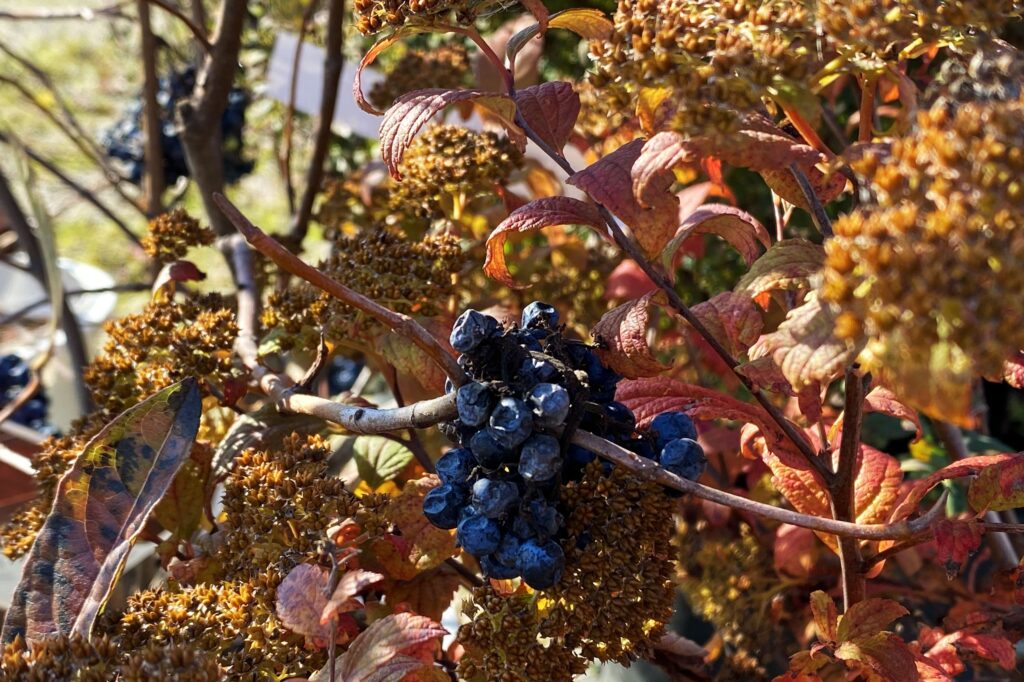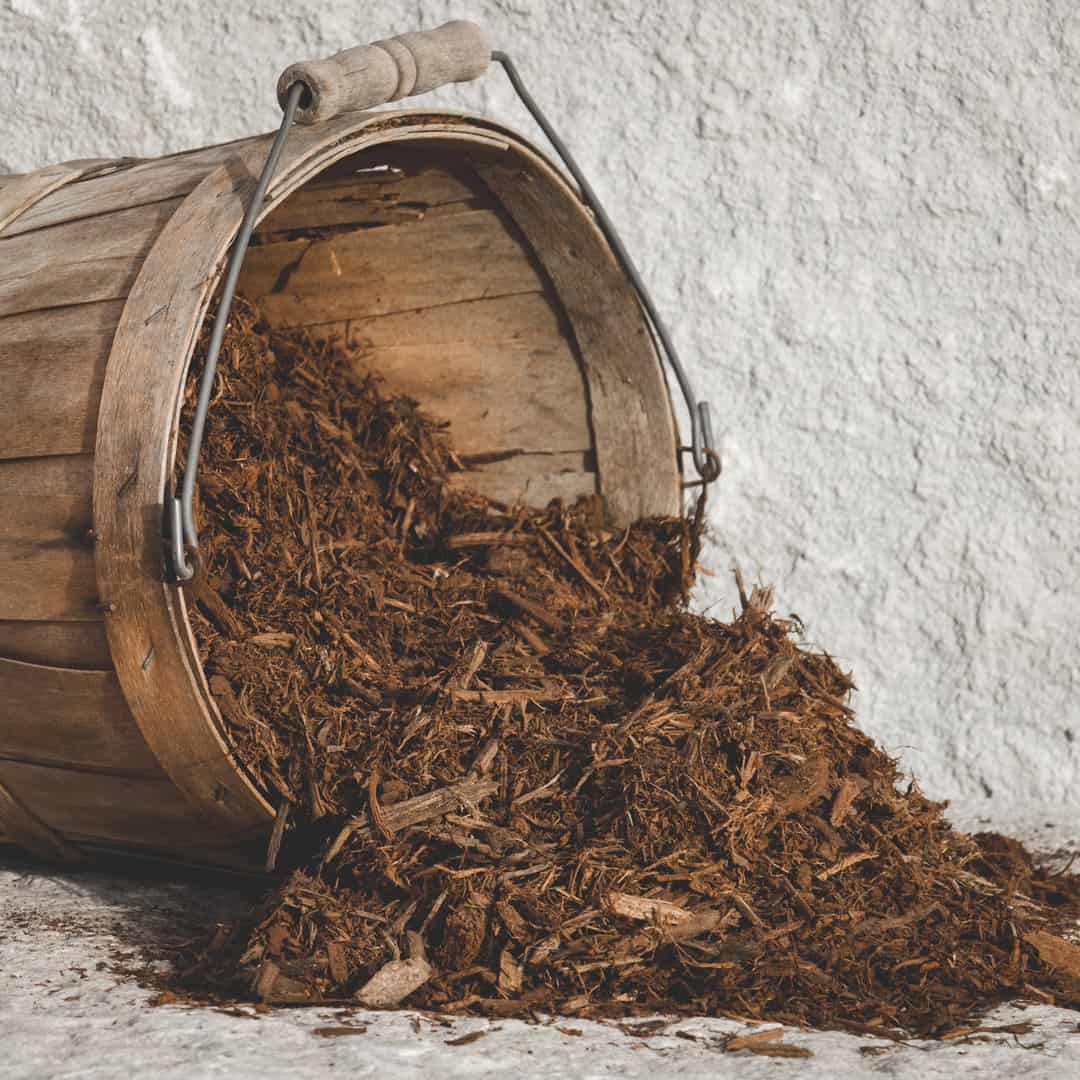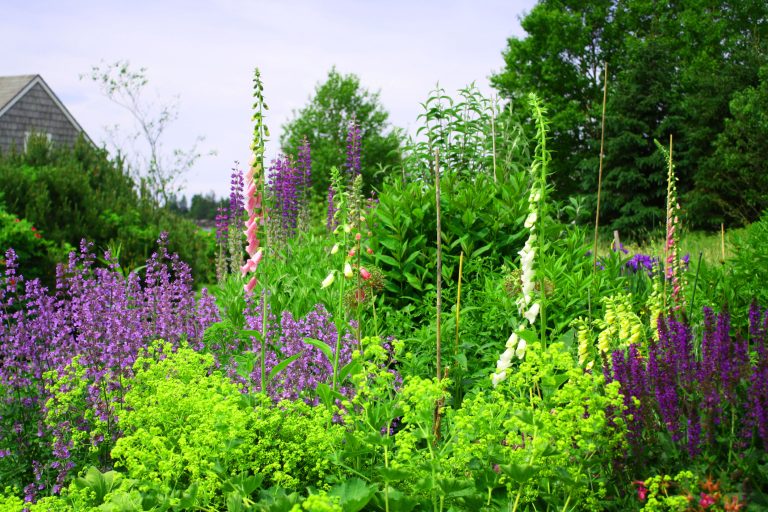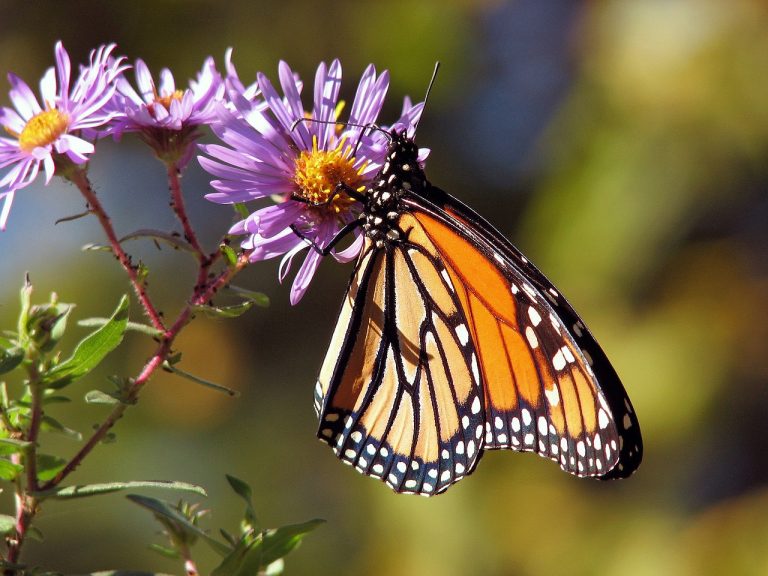

One of the most breathtaking aspects of plant life is the seasonal cycle of growth in spring and summer, and dormancy in fall and winter. Observing a perennial plant as it appears throughout the year is a beautiful reminder of life itself, simple evidence of growth and change. Early in spring, tiny green buds appear on wooded stems that will grow to join a shrub’s full growth in summer. These leaves eventually change color, die off, and the stems that sustain such vibrant life go back to the dormancy of winter—only to repeat again the next spring. This cycle is obvious to see, but to track it over the course of a year is a captivating experience to behold. What does it mean when a plant goes dormant though and how to plants know when to ‘wake?’
In our climate, growing zone 5b, perennial plants and trees go dormant in cold months in order to protect themselves from the harsh freezes of winter time. This means that growth is halted, and these plants essentially can be considered to be asleep. This phenomenon helps plants conserve energy for the next growing season, as if they kept trying to grow in the cold of winter, they would be expending precious energy that would be wasted when the cold kills off new growth. Dormancy lets plants stay in a static state, until the environment surrounding them is more accommodating to growth.
There are two stages of dormancy that plants undergo to prepare them for winter, and to help them know when to wake up. Endo-dormancy occurs first within a plant, triggered by the shorter and colder days of late fall. As explained by Michigan State Univeristy, “as the plant enters endo-dormancy, it tracks chilling units to track the passage of the winter. Chilling units are hours of time spent above freezing. The number of hours required for chilling varies for different plants from less than 500 to 1,500 hours or more.” Continuing, “if warm weather occurs before the plant completes its chilling requirement, no growth occurs. Chilling and endo-dormancy normally prevent plants from beginning growth during warm spells in the middle of the winter.”
Once the winter is beginning to wane, eco-dormancy kicks in, and endo-dormancy is done. Michigan State University explains this as, “after chilling is completed the plants are no longer in endo-dormancy. They are now in eco-dormancy. The plants are dormant only because of cold or cool weather. Warmer temperatures into the mid-40s will cause them to begin growth. Once the plants start to grow, they lose the ability to readjust to colder temperatures.” As the temperatures begin to slowly rise in springtime, a plant’s growth will mirror that progression towards warmer days. A plant’s growth will start slow in spring, and as days begin to become warmer and warmer, plants will grow faster and faster. This change is so subtle, that a plant’s growth will get started before you can even observe it, as growth begins from the inside of the plant.
Before you know it, the winter is over and the frosty mornings of spring foreshadow the dew of a summer’s dawn chorus. Your plants are awake again and a new year is here. Dormancy is a spectacular skill that perennial plants in our climate are able to undergo with practically no help from anything other than their natural habitat. As the winter months approach, take the time to observe the changes in your plants. Take stock of what seems to be cold hardy, and figure out what works best for your landscape. Even though there isn’t growth in the winter, and plants go dormant, there is still beauty to behold in natural phenomenon.
Whispering Hills Garden and Landscape Center is a full service landscape center and nursery located in Cary, Illinois. Stop in today for our full selection of hydrangeas and perennial shrubs, now 50% off until end of season (Updated: 11/4/21).
Shop Archive



In an era where sustainability is more than a buzzword, Whispering Hills Garden Center

June is National Pollinator Month, a perfect time to celebrate the essential role pollinators
**IMPORTANT** Non e-commerce prices listed on various pages of this site, may not reflect the most up-to-date prices. Call to verify prices before coming in.
